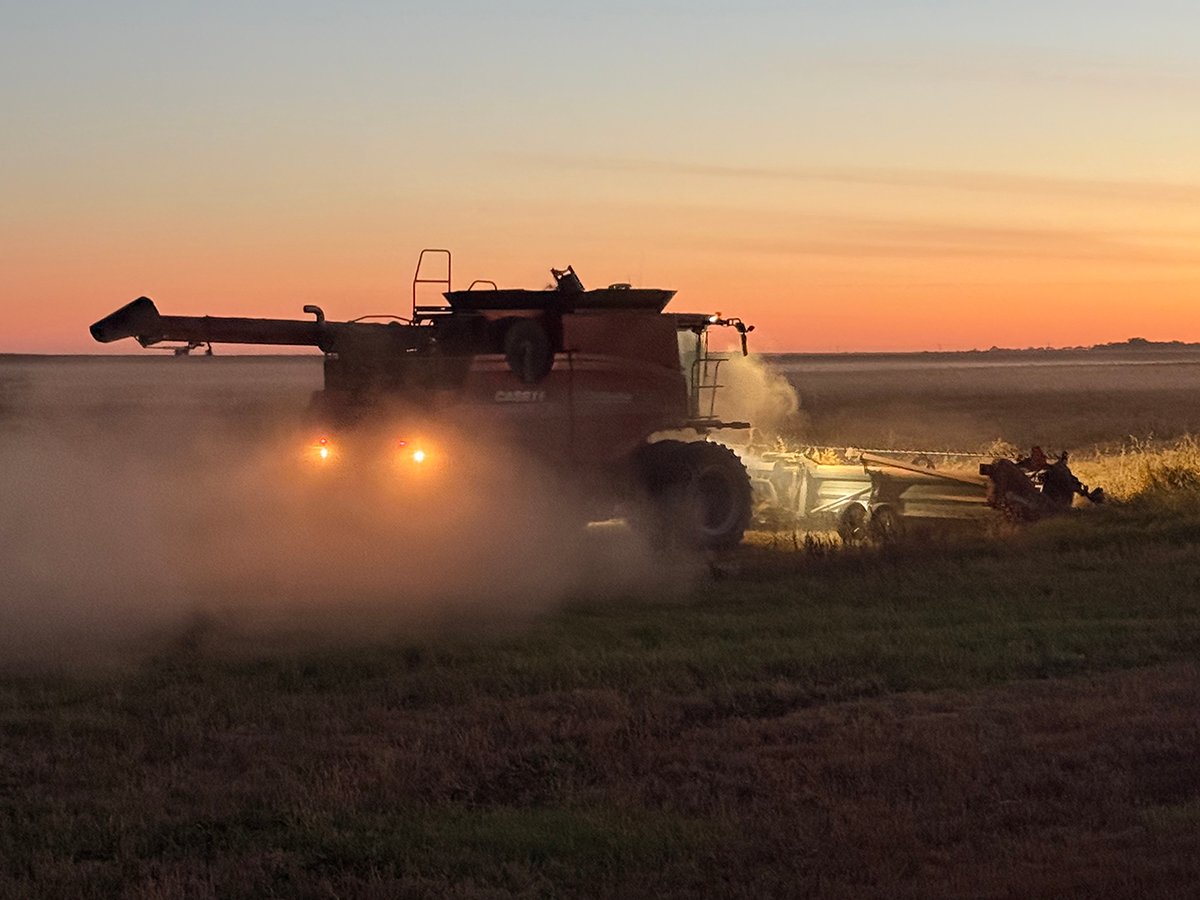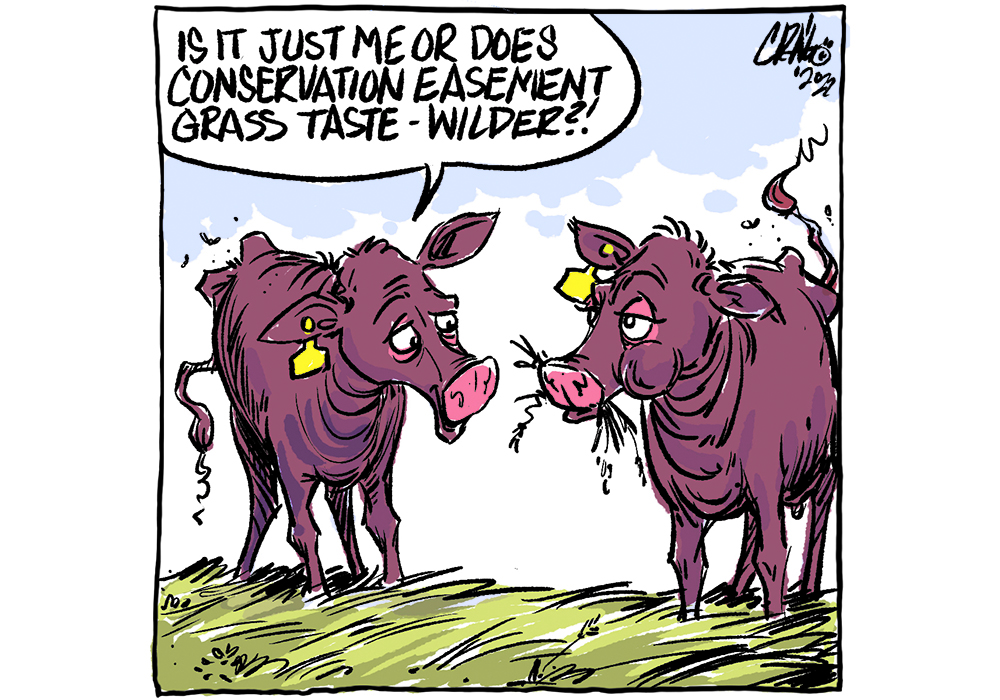The decision to enter a land conservation easement can be difficult for active ranchers.
Land, or the capital it holds, is the basis of most operations so giving up control is a choice based on faith in an unknowable future. For many, an easement assures that what has been done on the land will continue to be done, no matter what change comes.
The entry of shorter-term environmental easements as viable options is nevertheless a welcome development that provides greater flexibility to those who want to protect grassland and ecosystems while acknowledging potential for future change.
Read Also

Downturn in grain farm economics threatens to be long term
We might look back at this fall as the turning point in grain farm economics — the point where making money became really difficult.
Most organizations looking to secure easements seek environmentally vulnerable parcels or those that are home to vulnerable animal or plant species. The motivation in most cases is to restrict future development such as tillage, drainage and forest removal.
In some cases, the goal is to provide a wildlife pathway from one protected piece of habitat to another.
Wildlife and natural habitat are among the things that make land attractive to recreational users, leading them to buy smaller acreages for seasonal homes. Those bring disturbance and threats from fire or further subdivision, as well as increased pressures from the presence of people.
Few pieces of truly native grassland remain in Western Canada, with the exceptions of those areas deemed by settlers as too remote or too inhospitable to the plow. When crop prices are high, it is tempting to convert pastures into cropping, especially when beef cattle margins are as slim as they are today.
Groups that offer easements provide a second revenue opportunity for producers, helping them resist tillage, drainage, subdivision and conversion options. Most of these easements are entered in efforts to secure the land for future generations and are done in exchange for financial compensation. The overarching goal is generally to ensure the land is available to the natural world beyond the hands of man.
However, shorter term easements now available can offer producers the opportunity to obtain financial compensation for keeping land out of crop production or other significant modification for periods as short as 25 years.
Shorter terms offer a hedge against change and ensure the land will be managed for a time in ways that are in keeping with the current owner’s beliefs. They can help landowners avoid short-term decision making based on $25 per bushel canola, $200 per hundredweight calves and $230 per tonne hay, without roping the next generation into perpetual ranching beyond time’s visible horizon.
For some producers, shorter terms offer risk management against a perpetual plan, which might be more attractive in light of evolving carbon markets, trends in meat consumption, effects of population growth and evolution of public land use policies.
Conservation easements as a source of revenue might not stand the test of time in an ever-evolving climate that includes occasional water scarcity and threats from fire in rural environments.
They do offer some certainty but shorter-term versions don’t entirely limit the ability of future generations of landholders to apply their yet-to-be acquired wisdom to the issue of sustainability and best use. Terms with a foreseeable end date might be more attractive to the current crop of landholders. It’s good to have options.
Karen Briere, Bruce Dyck, Barb Glen and Mike Raine collaborate in the writing of Western Producer editorials.

















